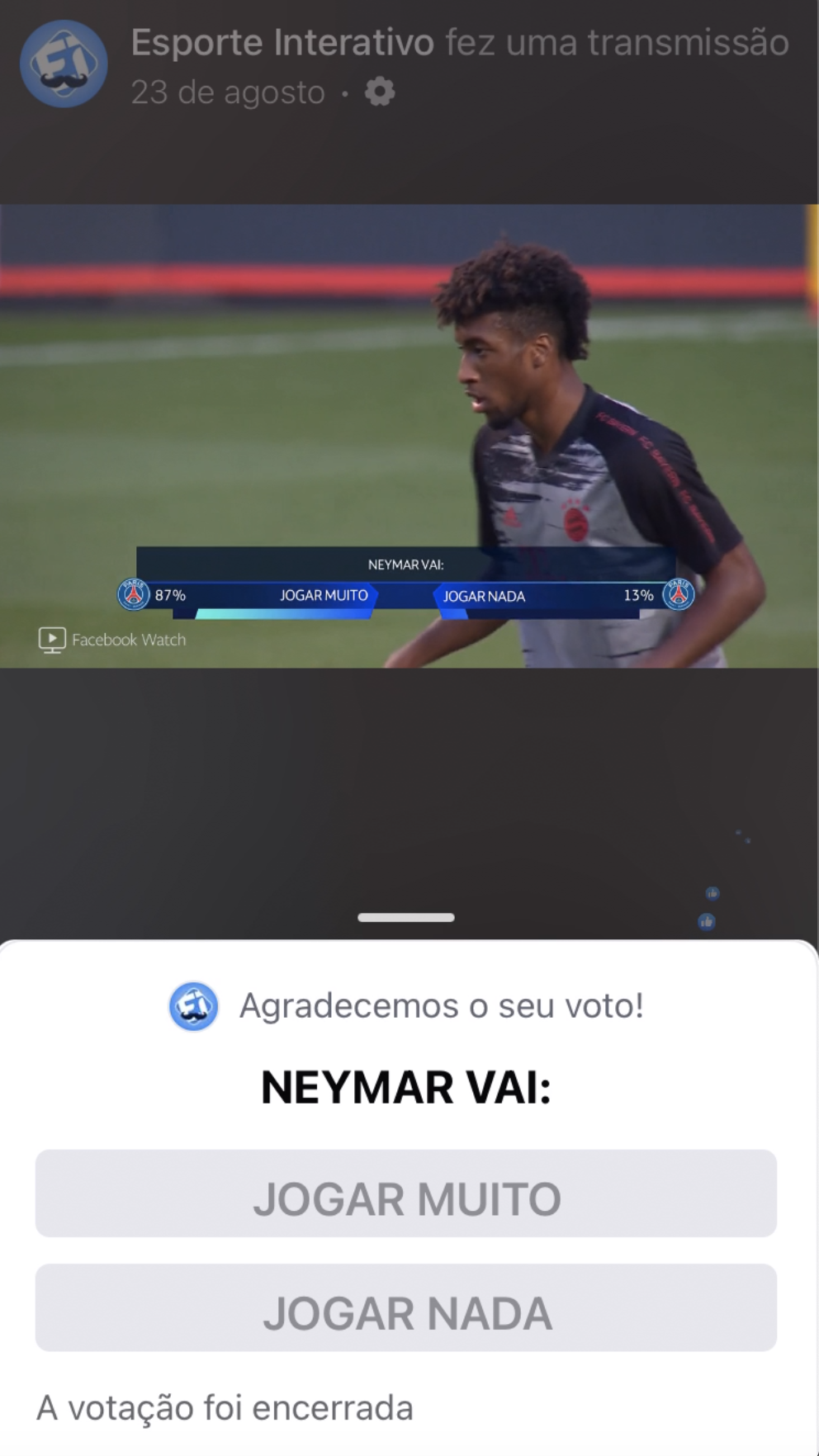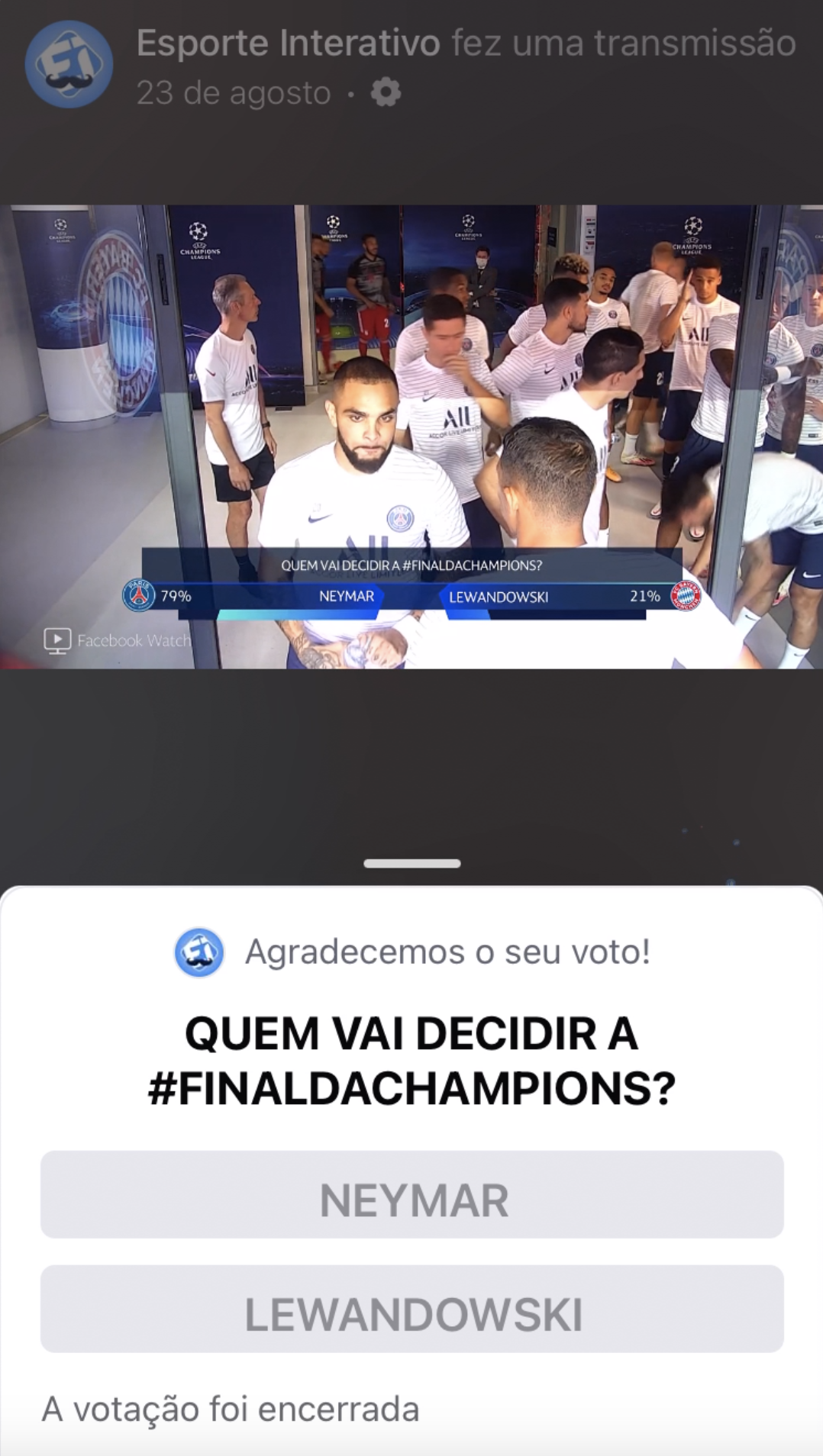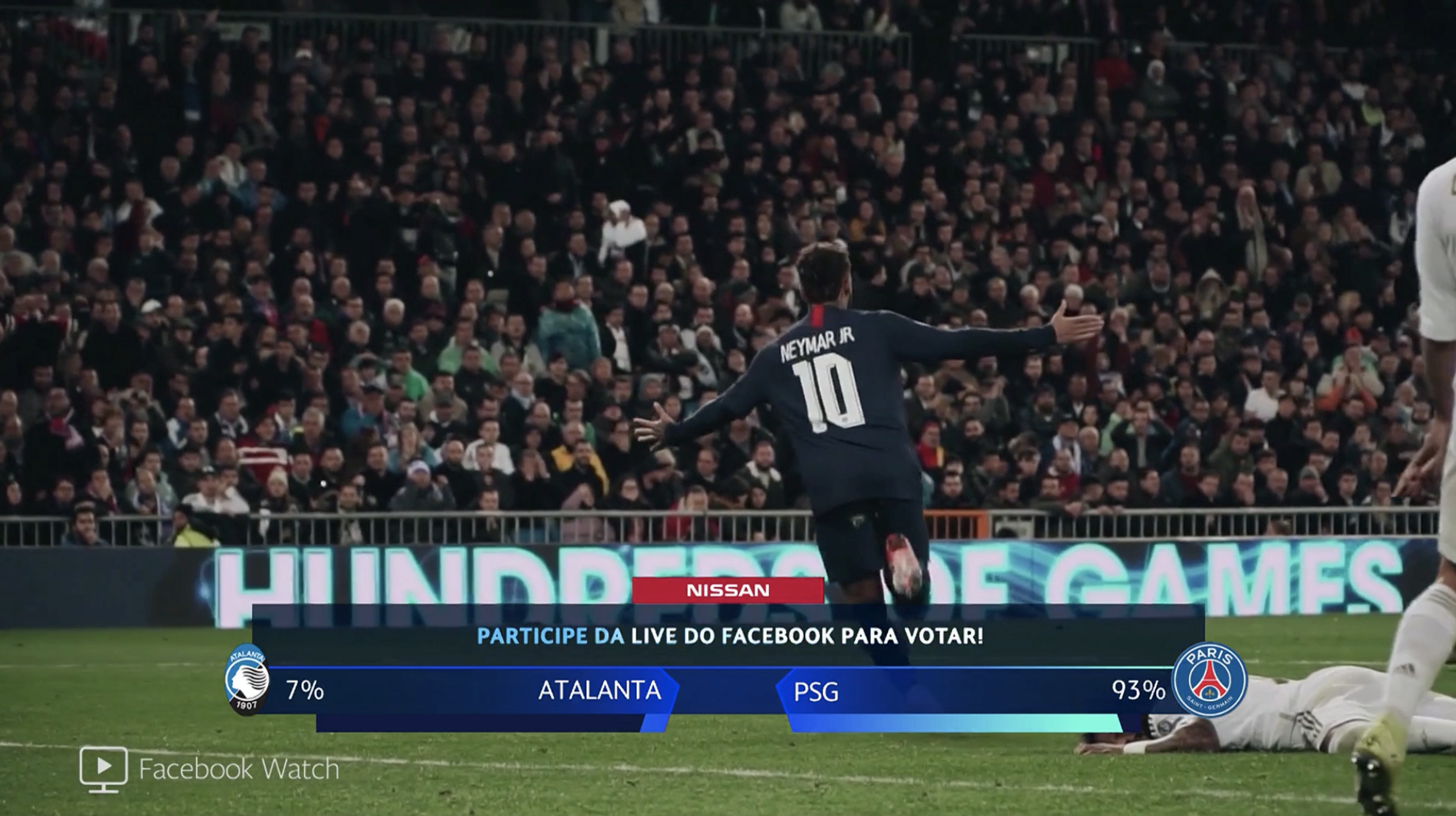Inside Facebook’s Live-Streaming Infrastructure, Strategy for Select Champions League Matches
Productions target viewers in Brazil and other Latin American countries
Story Highlights
After the Olympics and the World Cup, the UEFA Champions League is one of the most impressive multinational sports events in the world. Spectators from around the globe flock to their television sets to watch some of the greatest European clubs fight to crown themselves king of the continent. In the face of the pandemic, Facebook is still live-streaming select matches and serving high-quality, geo-specific content for fanáticos in Brazil and the rest of Latin America.
“Our production is hitting a particular target audience in Brazil and Spanish-speaking Latin America,” says Melissa Lawton, global lead, sports production, Facebook. “We’re focusing on what those audiences want to see, and that’s what we think Facebook is ideal for.”
Global Game: Engineering Invests in Reliable Equipment, Constructs Redundancies
Although a typical Facebook feed is still populated by videos of neighbors, friends, and relatives, the social-media platform has gradually become a destination for large-scale live productions and other large events. Since obtaining exclusive rights in the summer of 2018, the company has enhanced its tech arsenal to provide top-notch viewing of these global matches.
“We’ve been investing in broadcasting over the last couple of years to ensure that these events go off without a hitch and play nicely with the rest of our production ecosystem,” says Michael Martinez, software engineering manager, Facebook. “Reliability and quality are extremely important for these major sporting events.”
Key to this push to live-stream more widespread competitions is development of a durable infrastructure for ingest and delivery, which includes ample satellite and fiber paths to receive these international feeds. Unlike productions with localized content recorded and captured with a mobile device or computer, these productions leverage a larger technological footprint.
“We have multiple cameras and encoding equipment onsite,” Martinez explains, “but we’ve also implemented another set of encoders so that we can take in these high-bandwidth signals from different venues. We can get those [feeds] processed down to a format that we can handle in multiple ways. So not only do we need to be able to ingest that signal, [but] we need to ingest it from multiple sources.”
With signals and feeds coming in from locations all over the globe, the engineering team has created backup plans and an extensive system for real-time monitoring to ensure that the digital user is experiencing an interrupted match. During the broadcast, Martinez and his team are in constant communication to convey any setup, ingest, processing, or distribution issues that they see along the assembly line.
“We have people watching [our live stream] inside of a tool that can actually switch between our encoders that we have onsite,” he adds. “We’re also working very closely with mobile operators on events that have a high concentration of viewers, so, ultimately, the quality of the experience stays very high. For example, we need to create more low-end bitrate lanes in our ABR profiles to apply more bits to those lower-resolution [streams].”
Live Experience: Digital Broadcast Focuses on Time-Sensitive Polling, Catered Content

On the Brazilian feed, the live stream asks questions about Brazil-born Neymar, including whether he will play a lot or a little in the match.
The behind-the-scenes technology is allowing the production team to create an engaging live environment for viewers tuning into each match. During any given match, pop-ups and numerous other opportunities for interactivity, such as polling and the ability to ask questions, are displayed on the screen before and during the live stream.
“Polling has been really interesting,” says Lawton. “We learned that 20 polls over 90 minutes didn’t work and the audience didn’t like it. We worked with the team to make sure that we were hitting the right people at the right time with a poll, and we saw massive numbers in a single game. We want to break down that ‘glass’ that’s between the commentators and the viewers.”
This new strategy is transforming the way fans are interacting with these live streams. For example, during the 2020 Final between Germany’s Bayern Munich and France’s Paris Saint-Germain, more than 4.8 million people casted a vote through the Facebook polling function. The interest of fans is being retained for longer periods of time as well, with viewers who voted in a poll watching the Final 55% longer than those who didn’t.
Since viewers in Latin America are targeted, the streams highlight players who come from specific regions. One of the most well-known players in the world, Neymar, represents the perfect mixture of a famous Brazilian playing in the competition. When his team, Paris Saint-Germain, is featured on the Facebook live streams, the team keys on Neymar-related polls and predictive questions as well as on additional content on Instagram.
“When Neymar arrives with his headphones on before a match, everyone on the Brazilian feed wants to know what song he’s listening to,” says Julia Vieira, senior manager, Sports Latam Executive Production, WarnerMedia. “We do a lot of things to create buzz around that by having different singers say that he’s listening to their song. We also produce things like Instagram filters to drive attention to those games. It’s not only about the 90-minute broadcast but also about how we can create different experiences and content to engage our fans around the Champions League on Facebook.”
Boots on the Ground: Local Team Adapts to Pandemic-Era Productions

For the most recent Champions League Final, in August, fans chose between PSG’s Neymar and Bayern Munich’s Robert Lewandowski in predicting who would have the most impact on the match.
In addition to these digital adjustments, the physical end of the production is adapting to the current circumstances. Since matches are played in multiple countries throughout Europe, each venue is working under different health and safety protocols. Analysis and other forms of content that supplement the live streams are being done differently from last year’s Champions League schedule, including the use of local reporters to cover their respective clubs.
“We’ve gotten used to testing and implementing something, seeing how it goes, and then adjusting,” says Vieira, “but we’ve still managed to achieve huge numbers with a lot of those limitations. We normally have one reporter per game, including one for the Final in August in Portugal, but now we don’t have any [onsite] reporters. We’re using reporters in each country to create different content and bring us color for each of the clubs.”
With a majority of fans working from home, the local team also needed to be cognizant of altered viewing habits to engage people with a little more time on their hands.
“[Stay-at-home] restrictions are helping us understand new ways to reach the fan,” says Vieira. “Since matches are always on Tuesday and Wednesday afternoons, people are normally at work, but, with everyone at home, we’ve found different ways to engage with them in their home office.”
Alone Together: Continuous Improvement Boosts Fan Engagement
Since receiving these rights, Facebook’s efforts have paid off in spades, including more than 13.7 million unique one-minute viewers and a peak of 7.2 million concurrent viewers during the 2020 Final. Since that match, the team has continued to learn a lot of valuable lessons. With the pandemic persisting, Facebook and its partners will continue to improve productions to not only offer an even better digital product but also establish a stronger sense of community and fill the empty space in the stands.
“It’s really about listening to the fans and our production partners but also about sharing that information as far and wide as possible,” says Lawton. “We’ll be able to understand that fans want interaction because they feel more attached to the broadcast through that.”

